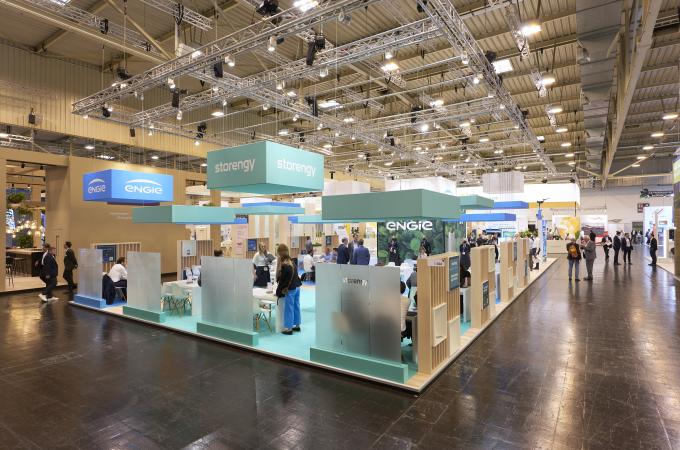A look back at E-world 2022
A week has passed since E-world energy & water and it is a good time to reflect on various conversations we had about hydrogen.

When looking back at the last E-world in 2020, it seems like a century ago. So much has changed in the way we look at energy and more specifically at hydrogen:
- The main focus then was on green hydrogen production, with all European countries coming out with their own ambition to have their own xGW of electrolyzer capacity by 2030 or later.
- Then came European Union with its Fitfor55 package, also with a strong focus on green hydrogen production targets.
- The controversy was often around the `colour’ of hydrogen: this rainbow of different colours that would describe various ways of producing the same molecule.
What has changed since then?
- European Union targets have increased considerably in RePowerEU plans for 2030 and individual countries are reconsidering upward their national objectives.
- It is now mainstream to talk about hydrogen, and all major energy companies have their own projects and partnerships on hydrogen.
- The discussion has since moved from production to infrastructure. The focus is still mostly on transport, but interest in hydrogen storage and import terminal facilities is growing quickly.
But things are not as straight forward. Some hurdles from 2020 are still there and might become problematic if not overturned quickly:
- Renewable electricity has developed but, on average, not as much as planned. With increased green hydrogen objectives, it is urgent to fill the development gap.
- The colour controversy is ongoing, with very complex constraints on what `green’ should mean.
- The political will is there to move forward on hydrogen, but the regulatory context to make all of this happen is not yet in place, notably to fund large-scale infrastructure and to ensure a swift permitting process.
Time is against us and we need to move quicker to be on target for 2030.
Industrial usage, heavy transport, power production and (indirectly) electricity storage – these are the top three sectors where hydrogen will play a key role in the future. And all these sectors will require underground hydrogen storage.
At Storengy, we have launched the HyPSTER project in France to prepare for starting commercial operations by 2025. A total of 44 tons of hydrogen will be stored, and the project will link production sites to consumption sites in Auvergne-Rhône-Alpes, bringing flexibility and security of supply to the region.
We are active in France, Germany and the UK and are already preparing for significant developments in this market by the end of the decade. Contact us to learn more about our projects.
Catherine Gras – CEO of Storengy Germany and Storengy UK

